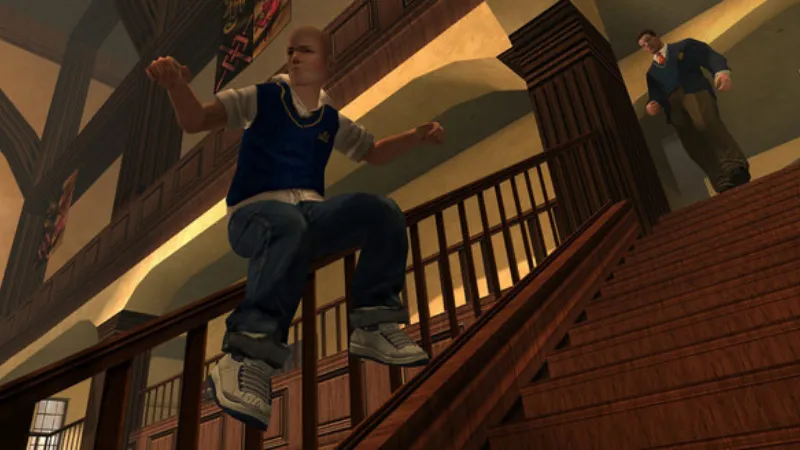

Please support Game Informer. Print magazine subscriptions are less than $2 per issue
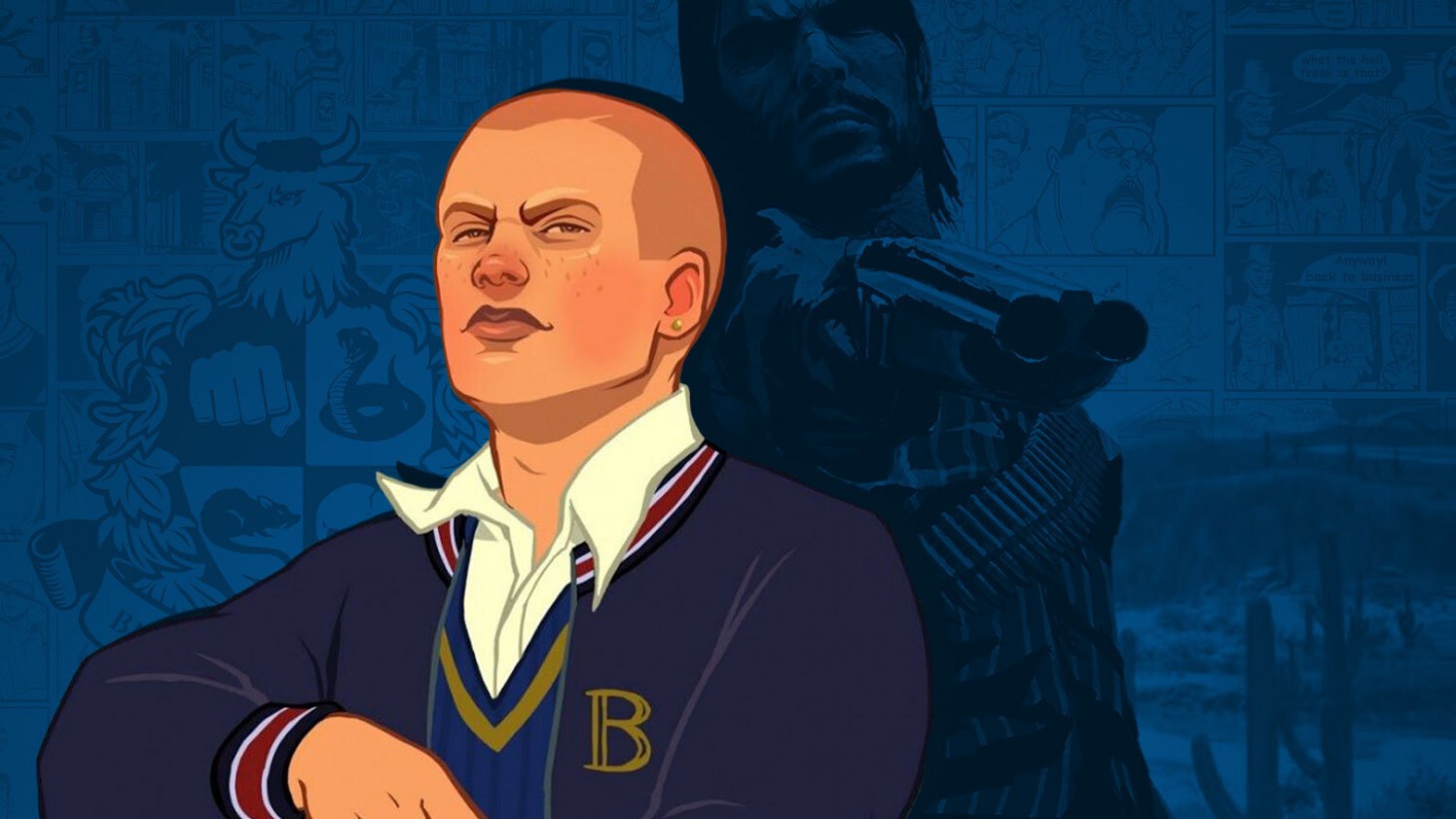
For a while in the late 2000s, developers at Rockstar New England thought they were working on the next big Rockstar game.
They were excited to push the company’s tech and to bring a cult hit into Rockstar’s vision for the future. They were excited for the chance to prove themselves as a Rockstar studio, having recently been purchased by the company. They were excited to lead development on Bully 2, the sequel to Rockstar’s critically acclaimed open-world adventure about life in a private school.
But things don’t always go as planned, and other obligations on a release schedule get in the way of passion projects. Rockstar New England’s Bully 2 was shelved in favor of other, more troubled projects in development, like Max Payne 3 and Red Dead Redemption.
“[Rockstar New England] wanted to be sort of the golden child in the Rockstar thing, but it’s really hard when Rockstar North was the one that was producing all the golden eggs at that time,” one developer says. “Living in the shadows of someone who casts a big shadow like Rockstar North, and trying to usurp that role, it’s really difficult and nearly impossible. But man, did they try. Oh, did they try.”
To find out what exactly the studio was planning with Bully 2 and why it was ultimately let go in favor of other projects, we recently spoke to five former employees from Rockstar’s New England studio and one from its New York City headquarters, most of whom requested anonymity out of fear of repercussions from Rockstar. Their story is one of shifting company cultures, tech that would finally find its way into Rockstar games as late as 2018's Red Dead Redemption II, and disappointment over the way things went.
In the late ’90s to mid-2000s, Rockstar Games was on a spending spree. After the initial success of its massive series Grand Theft Auto, Rockstar bought a lot of its third-party partner studios. One of those studios was DMA Design, renamed Rockstar North, developer of the first Grand Theft Auto. Another was Angel Studios, the developer of Red Dead Revolver, Red Dead Redemption, and the Smuggler's Run and Midnight Club series, which the publisher acquired and renamed Rockstar San Diego.
Mad Doc Software, founded in Andover, Massachusetts, in 1999 by former Activision technical director Ian Lane Davis, was another Rockstar acquisition. Davis holds a doctorate in artificial intelligence and robotics from Carnegie Mellon University. According to former developers Game Informer spoke to, as well as an archived version of Mad Doc’s website, A.I. was a core pillar of the studio’s pedigree. The website claimed that the studio’s team, composed of developers who previously worked on franchises like Civilization, System Shock, and Thief, had an “unmatched expertise” in the field.
For its first decade, Mad Doc operated on a work-for-hire basis, taking projects for publishers such as Activision, Sierra Entertainment, Disney Interactive, and Vivendi Games. Prior to its purchase by Rockstar, Mad Doc mostly developed PC strategy games, such as the Star Trek: Armada and Empire Earth series.
Empire Earth became Mad Doc’s bread and butter once the studio took over development on the first game’s expansion pack, The Art of Conquest. Though that initial release was met with middling reviews, Mad Doc’s next two Empire Earth games, Empire Earth 2 and its expansion The Art of Supremacy, were successful enough to lead to deals with publishers like Bethesda Softworks and Rockstar.

In October 2006, Rockstar released Bully as a PlayStation 2 exclusive. The game, developed by Rockstar’s Vancouver studio in Canada, was a subversion of the formula that had made the publisher’s games famous. Where in other Rockstar titles, like the Grand Theft Auto series, players controlled a criminal free to cause mayhem around an open-world city or state, Bully put players in control of Jimmy Hopkins, a high school student at the Bullworth Academy boarding school. Rather than kill people, Jimmy got in fistfights. Instead of guns, he had stink bombs and slingshots. Rather than pull off robberies or heists, Jimmy pulled pranks and went to class. Coincidentally, the game was set in New England, Mad Doc’s backyard.
Bully was critically and commercially successful, receiving the highest possible review scores from outlets like X-Play and 1UP, and a game of the year nomination from GameSpot. In March 2008, Take-Two Interactive, Rockstar’s parent company, announced that the game had sold more than 1.5 million copies. For comparison, Grand Theft Auto IV, released in April 2008, sold more than 8.5 million copies within its first month.
Back over at Mad Doc, Empire Earth 3, released in November 2007, was critically panned. The company was in a tough spot, a former Mad Doc employee says. “Mad Doc, up until being acquired by Rockstar, was pretty typical of most independent game studios in that it mostly survived by working on IP from publishers, while trying to develop and pitch its own games,” he says.
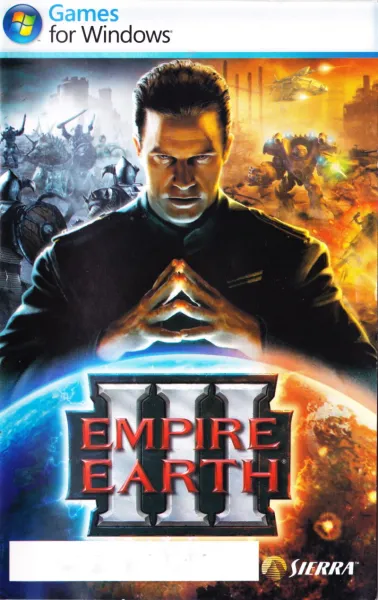
Those tough times would be alleviated by a new partner: Rockstar. After the success of Bully on PlayStation 2, Rockstar approached Mad Doc about developing Bully: Scholarship Edition, a remaster with new missions, characters, and items. Mad Doc led the development of Scholarship Edition’s Xbox 360 and Windows PC versions, released in March and October 2008, respectively, while Rockstar Toronto developed the Wii port.
In April 2008, Rockstar announced it had acquired Mad Doc Software for an undisclosed amount and renamed the studio Rockstar New England. Speaking in a news release announcing the acquisition, Rockstar co-founder and president Sam Houser said that making Mad Doc a Rockstar studio would “enhance our core technology and further support our commitment to creating progressive and innovative gaming experiences.”
“We’re eager to bring our expertise to bear in the character-driven, open-world stories that make Rockstar Games titles so uniquely compelling,” Davis, who became studio head of Rockstar New England after the purchase, said in the release.
According to developers Game Informer spoke to, opinions on becoming a Rockstar studio were positive at the time. Some staffers, such as 3D artist Tim Samuels, were excited by the prospect of making games for one of the biggest developers in the world. “I thought it was actually really, really cool,” Samuels says. “It’s like, Hey, Rockstar! I mean, these guys are triple-A. They’re No. 1, on the top. [...] We just took it in stride and started working.”
“Rockstar itself [...] you say, ‘I work at Rockstar,’ people were really in awe of that,” one former developer says. “It was nice to have some clout to a job. You know? I was excited to work on anything that they had, because most of the games that they’d churned out [had] been pretty golden.”
However, some say that they gradually started to see Mad Doc’s workplace culture disappear after the acquisition, and that crunch became a more prevalent issue within the studio once it was under the Rockstar banner.
“Don’t get me wrong – during the making of Empire Earth 3 there was crunch [at Mad Doc], but it was handled well,” says a former developer. “There were days to make up for it. No one was cracking a whip over our heads. Every now and then we would have ‘fire drills’ on Fridays. You could put the fire drills in air quotes because it was really just the producer at the time; it was his way of letting us out early. There was a much better balance between work and life.”
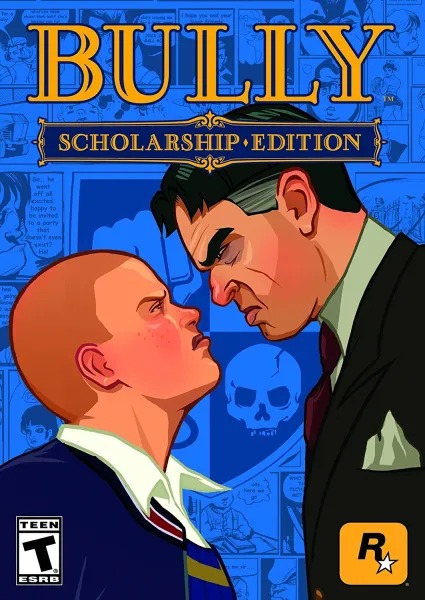
Shortly after Rockstar purchased Mad Doc, Rockstar's former vice president of development Jeronimo Barrera visited the studio, the developer continues. Barrera was there to field employee questions but left some feeling uneasy about their new employer.
“One of the first red flags was when someone asked about hours and weekends and stuff like that," the developer recalls. "Jeronimo’s answer was something to the effect of, ‘Well, we don’t work every weekend.’ He's like, ‘For example, I’m not working this Saturday.’ The emphasis on the word ‘every,’ and then ‘this,’ were a little disquieting in their effect.” (In 2019, a report from Kotaku detailed Barrerra's reputation within Rockstar, citing multiple employees describing him as "abrasive" and "volatile." One employee also accused Barrera of sexual assault while working at Rockstar. Barrera categorically denied all of the allegations of misconduct.)
Shortly after the purchase, developers at Rockstar New England began work on numerous projects. There was still work to finish on the PC version of Scholarship Edition, but the studio also assisted in the development of other Rockstar games, such as Grand Theft Auto IV’s two story expansions and Red Dead Redemption. In addition to support work, Rockstar New England was given the chance to develop its own game, a sequel to Bully.
According to some developers, it was a chance to prove themselves.
The late 2000s marked a shift in direction for Rockstar. For much of the company’s early history, it released games at a rate that co-founder Jamie King called “relentless,” sometimes developing or publishing as many as 9 or 10 new releases a year, not including ports. While the Grand Theft Auto series has been a massive moneymaker for the company since the success of 2001’s Grand Theft Auto III, the bulk of the publisher’s library from its first decade was padded out with forgotten games, such as Surfing H3O, Austin Powers: Oh, Behave!, and State of Emergency.
After Grand Theft Auto IV launched in 2008, that schedule slowed down. While Rockstar still released plenty of ports of its older games on new platforms, which it continues to do today, its number of annual games dropped to one or two. After the launch of Grand Theft Auto V in 2013, which went on to become one of the most successful entertainment properties of all time, Rockstar stopped putting out new games on a yearly basis. Its next tentpole release wouldn’t come until five years later with the release of Red Dead Redemption II in 2018.
The change in the company’s release schedule also marked a shift in direction for its games. Early on, Rockstar put out a hodgepodge of titles of different genres and qualities, but after 2008, the publisher began to lean further into more expensive, more prestigious releases, often focused on an older audience and built around gunplay. The company touted the tech behind its games more – such as L.A. Noire’s facial capture technology. Its development budgets sometimes reportedly pushed more than $250 million. A new Rockstar game became an event, something that didn’t happen often.
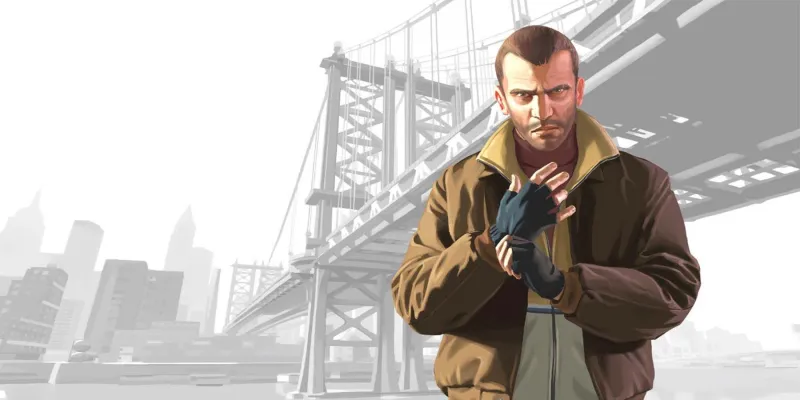
Rockstar New England’s plan for Bully 2 was in line with this vision, according to developers on the project. It was a chance to let the Bully series sit alongside Rockstar games of the time, such as Grand Theft Auto IV and Red Dead Redemption. It was a chance, as one former developer recalls, to “shoot for the moon because even if we don’t quite make it, we’re already much further than if we had aimed a little bit lower.”
“There was a lot of focus on character, very deep systems, seeing how far we could push that, and putting it up there alongside a GTA,” one developer on the project says.
“I think that they wanted to bring that kind of [world] to the Bully universe,” another says.
For developers at Rockstar New England, this meant making the world of Bully 2 bigger and deeper than that of the original game – and putting a considerable amount of resources into its creation. While Game Informer wasn’t able to get an exact number of people working on the project, three people say almost the entire studio worked on Bully 2, at some point, with overall headcount estimations being around 50 to 70 people.
“At one point, I think it was everybody,” one former developer says. “The studio itself, that was going to be their game.”
Three different developers told us that the game’s open-world map wouldn’t have been as big as that of, say, Grand Theft Auto IV, but their estimates on its planned scope describe it as ranging from the size of Grand Theft Auto: Vice City’s open world to “three times” the size of the original Bully’s school map. What it would have lacked in overall size it would have made up for with depth. For example, Rockstar New England planned to make every building in the game enterable, either by normal means or by forced entry. “If you could see it, you could go into it,” one former developer on the project says.
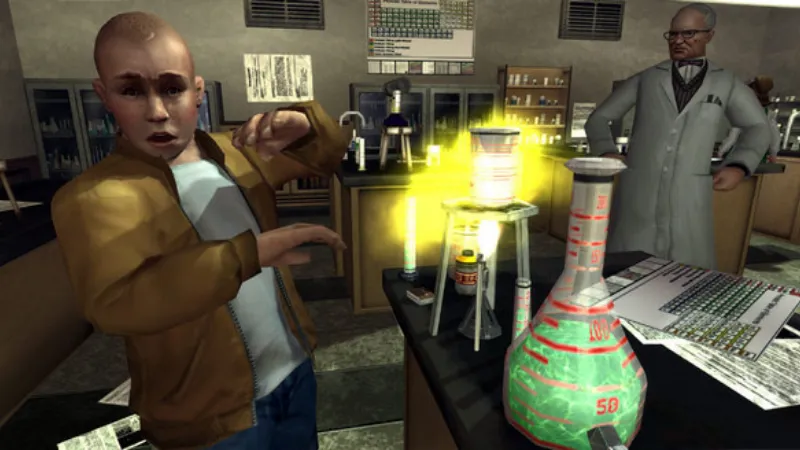
“[The player] was not going to be driving a car anywhere, so the total playable space [and] land size [was] definitely going to be smaller,” another developer says. “Mostly because kids – he’s not going to be driving – and also because we wanted these very deep systems. Like, if you can go into every building, that’s a lot of work. We’d rather not have a really massive world; maybe scale that back a little bit just so that we can make sure that we have all these meaningful things in there.”
Bolstered by Rockstar New England’s pedigree in artificial intelligence, the studio was experimenting with ways to make the player’s actions more meaningful than in previous Rockstar games. Take, for example, the honor system in the first Red Dead Redemption. If protagonist John Marston helps a nonplayer character, his honor rating rises. But if the player directs Marston to commit crimes, then Marston’s honor falls. While this affects how NPCs react to Marston out in the world, specific NPCs don’t remember his individual actions.
In Bully 2, however, Rockstar New England was trying to develop ways for characters to remember Jimmy, for there to be good and bad consequences for his actions.
“We really wanted to make sure that people remembered what you did, so if you pulled a prank on your neighbor, they’d remember it,” says one developer. “That your actions had more meaning beyond a 20-foot radius and the five-second memories of the [non-playable characters] near you.”
Parts of this system can be seen in Red Dead Redemption II, two developers tell Game Informer. Players see changes in protagonist Arthur Morgan’s behavior based on his honor. If Morgan has high honor, he’s a more compassionate character. If Morgan has low honor, he’s driven by greed and apathy. Similarly, if Morgan robs a store, he can’t just walk back into it a few minutes later as if nothing happened. The store clerk remembers Morgan and denies him service, asking him to leave.
“The way that you interact with other characters in the world, more than just with your gun or with your fist, they have some sense of memory – a lot of that stuff [originated in Bully 2],” one developer says.
“From what I remember reading [in] some of the design docs and my conversations with people is that you could build relationships with characters in the world,” he says about Bully 2. “You’d be, like, best friends with the chef in the mansion or whatever, or the chef could really hate you or something, and that would open up different options. I don’t know to the extent of where that ended up – if that got pared down into a general ‘you’re good Jimmy’ versus ‘you’re bad Jimmy’ or what – but I know in some of the early ideas being thrown around, you would have that fine-grained level of relationships to other characters in the world.”
Beyond the game’s open world, developers describe a breadth of different interactivity options and new features. One detail recalled by two developers was a progressive grass-growing system, where grass throughout the world would grow realistically and players could see individual blades. “You could go and mow the lawn, and then it would actually be lower,” one former developer says. “You could actually do a good job, go back and forth, and create lines on people’s lawns, that kind of thing.”
“It sounds so silly, but it was something that we were all excited about because [of] the technology behind it,” another developer says of the grass-growing mechanic.
Because Rockstar New England wanted to give players the option to break into houses, the team developed a new glass fragmentation system, new tech made for Bully 2 that hadn't been used in prior Rockstar games – though it’d find its way into later titles. “If you’ve played Max Payne 3 and you shot some glass, instead of just the glass breaking the same way every time, we had built this whole system so that this chunk right near the impact of the first bullet would break out, and you would see a little spiderweb of glass,” one developer says. “Then if you shot some more of the glass, little individual chunks near where you actually shot would fall out. [It made] it look realistic.”
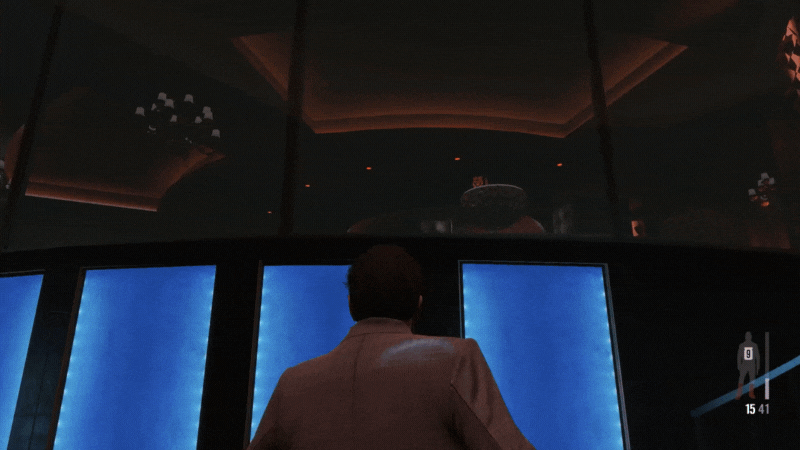
Multiple people on the project describe an in-depth climbing mechanic planned for the game. When exploring the open world, Jimmy would be able to climb trees, fences, and ledges, on top of roofs, as well as out of his window when sneaking out. “Trees were obviously a big one; we wanted the player to be able to climb up the tree to hide or do some hijinks with all sorts of things like paintball guns or water balloons, all of that sort of stuff,” a former developer says.
While the developers put a lot of work into figuring out how the climbing would be implemented in Bully 2, they never got far enough into development to completely nail it down, according to three former developers on the project.
“We worked with a lot of GTA assets just so that we could get something prototyped quickly,” one developer says about the climbing. “We tried to work a lot of that in. It’s like, Well, when he’s hanging for this long, how long does he hang for before he lets go? Do we wanna do [a] foot-over-foot balancing act if you’re walking along a branch? Versus side stepping, side to side, if you were working along the branch but to the side? It was stuff like that, and trying to figure out what worked, or what looked the best as the player.”
Housing these new features was a vertical slice of Bully 2 that Rockstar New England had up and running. According to four developers at the studio and one person at Rockstar’s New York City headquarters, Bully 2 was playable. Developers could run around the world and interact with objects and non-player characters, and there were some missions – such as one involving go-karts, another with a beekeeper, a Kamp Krusty-style mission, and one that had Jimmy in his underwear, even featuring a crotch bulge.
“It was definitely going to be a little risqué,” a former developer says.
“There were a lot of ’80s-kids-on-bikes movies, like Goonies, that came up as reference. Porky’s was another commonly used movie for reference,” he says. “We [looked] at a lot of those kinds of things. It’s definitely in that style.”
As one developer on the project recalls, the team had mapped out all the terrain for the game’s world. Additionally, NPCs were walking around doing various day-to-day tasks. Buildings and houses within the game were also starting to become feature-complete, though he points out that they weren’t in a shippable form yet.
“The game was at least six to eight hours playable,” says Marc Anthony Rodriguez, a former game analyst for Rockstar’s New York City headquarters and one of the project leads on Bully: Scholarship Edition. “So, fully rendered, fully realized.”
“That sounds about right for the size of vertical slice that Rockstar projects were being built around [at] that time,” a second source says when asked about whether, during his time working on the project, the game was playable for six to eight hours.
Two developers Game Informer spoke to estimate that if development had continued, Bully 2 would still have needed two to three or more years before being ready to be shipped.
But those years wouldn’t come. Over time, Rockstar began pulling people off the project and putting them on other in-development games that needed help. For the developers Game Informer spoke to, once anyone got pulled off of Bully 2, they never returned.
None of the developers Game Informer spoke to knows exactly why Rockstar New England was chosen to develop Bully 2, though it’s worth pointing out that Rockstar Vancouver, developer of the first Bully, was leading development on Max Payne 3 at this time. The developers say they felt that the opportunity to work on Bully 2 was a chance to prove that Rockstar New England was worth the money Rockstar had spent to acquire it, which was a sentiment shared by employees at other studios purchased by the company around the same time.
“I mean, that’s a pretty common thing that – I’ll refer to them as ‘New York’ – the New York office kind of asks of any new Rockstar studio, is for them to prove that they’re worth the investment,” one ex-Bully 2 developer says.
Rodriguez echoes this sentiment, saying the Bully 2 project was New England’s “heavy lift” for Rockstar, though he admits the studio had a history with the company before the acquisition. “This [was] not their first rodeo with working with Rockstar,” Rodriguez says. “The only way I could state it is, they had a proven track record, and that was the only reason they were acquired.”
“The main acquisition was to have a foothold that was closer than [Rockstar] North and that was going to be able to handle the A.I. aspect of what the interaction within this game was going to be, the communication tools within this game,” he adds. “Mad Doc wasn’t, like, something to f---ing turn your nose up at.”
Rockstar declined to participate in this story. All other interview requests Game Informer sent to current or former members of the New York office were either ignored or turned down.
Regardless of the why behind it, former developers on the project describe a lot of excitement for the chance to develop a sequel to Bully. “It was really just, ‘Let’s do everything that they’re asking really well because we want to impress these folks,’” one former developer says.
“There [were] some late nights for sure, staying until midnight, 1, 2 in the morning,” says another developer on the project. “We were hustling to prove ourselves because I think just about anybody working on Bully 2 just absolutely loved it. It was certainly a labor of love by just about anybody that was working on it. I think most of the people that worked on it look back on it fondly and kind of wistfully, wishing that it would’ve worked out.”
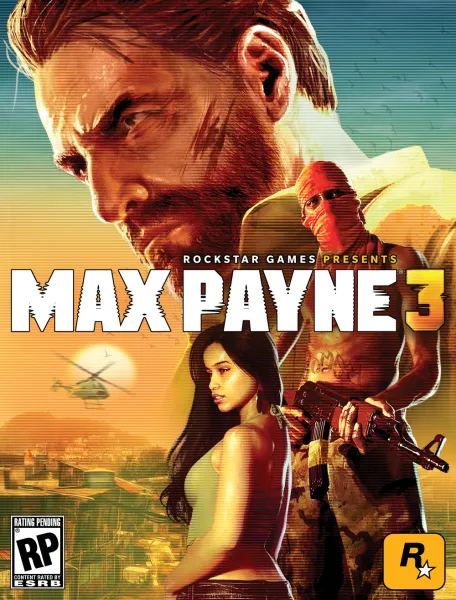
But Rockstar had other priorities. There were other games in the company's pipeline that needed help and attention. In 2010, Rockstar New England began pulling people off of Bully 2, developers say, having them focus solely on projects like Max Payne 3.
This point in Rockstar New England’s history marks a decided shift in tone. While most developers speak fondly and excitedly about their work on Bully 2, when talking about projects such as Max Payne 3 and Red Dead Redemption, their tone turns dour.
The developers make two main points regarding this specific time in Rockstar New England’s history. One is the crunch. Developers describe months-long crunch periods where they’d have to work late into the night and on weekends, sometimes between 12- and 16-hour days. Others describe joining a project only to immediately start crunching or crunching on one project just to be rolled onto another project and having to crunch on that one, too. One developer speaking to Game Informer uses the word “endless” to describe the crunch at the studio.
“I mean, it was just ridiculous,” one former developer says, describing the development of Red Dead Redemption. “I know that it won game of the year, and that was great and satisfying, but the approach to development was just – it was ridiculous. It took no one’s life outside of work into account.”
“You know, usually you’re like, ‘Oh, I’ve gotta get this out. We wanna try and hit this,’” another developer says. “So everybody works really hard for, like, a week, two weeks. But then when the milestone ended, they’re like, ‘Well, let’s try and preemptively fix the things that we know that they’re going to say. So we’ll just keep crunching until we get word back.’ And then we wouldn’t get word back for six more weeks or something like that, so people were kind of breaking. It was breaking people quickly."
The other thing developers bring up is a culture change within Rockstar New England. It wasn’t instant, they say, and wasn’t much of a problem on Bully 2, but three developers Game Informer spoke with say that as time went on, the studio got further from the culture that had attracted them to join Mad Doc Software.
As some developers describe it, they felt they were expected by other people within the company to prove their dedication to Rockstar through long hours, and that they would be “harassed” when trying to leave the studio. “When it came time for you to leave, it was a lot of just trying to get out without being harassed on the way out of the door,” one former developer tells Game Informer.
“The culture just – it just changed,” another former developer says. “I saw people that previously I really liked become just sycophantic. And then there was the whole ‘bodies in chairs’ thing, you know? You don’t have work to do, but you’re going to be here on the weekend, because there’s some studio head that’s going to be walking around. This doesn’t even get into the off-work hours stuff where it was just – it was like a hardworking frat house. There is an age and a person that is really drawn to that. Rockstar, in my opinion, is well aware of this.”
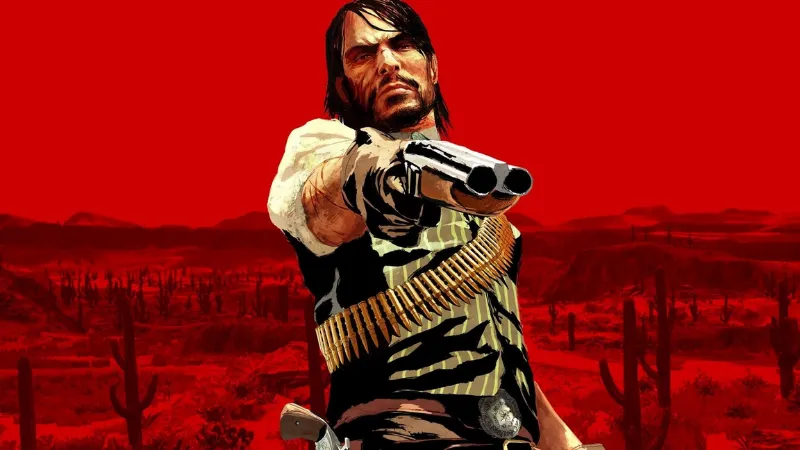
Some of the developers Game Informer spoke to describe how they decided to leave the studio as the workload increased and the culture kept changing. One describes it as voting with his feet.
Others had that decision made for them.
In June 2009, Rockstar New England went through a sizable layoff. Sources within the studio told Kotaku that “at least 10 percent of the studio” had been let go. This included the entirety of the quality assurance department, as Rockstar shifted all of its QA to a dedicated studio. Members of the studio’s art team and other departments were also let go.
At the time of the layoffs, outlets reported that Rockstar would help those affected find new jobs. According to 3D artist Tim Samuels, who lost his job in this round of layoffs, that didn’t actually happen. He also says he wasn’t told why he was being let go. Due to the timing of the cuts – before the release of Red Dead Redemption, which was the last project that Samuels and others affected by the layoffs had worked on – none of them received bonuses for their work. “We didn’t even get a copy of the game,” Samuels says.
“That layoff was pretty devastating to a lot of people in the studio, and stuck with me even after I had left,” says one developer who spoke to Game Informer anonymously. “It never really made much sense to me as to why it happened, and I don’t recall there ever being an official explanation.”
As of February 2017, Rockstar had shipped more than 15 million copies of Red Dead Redemption. It’s considered one of the best games ever made. In April 2020, Kotaku reported that Rockstar was taking steps to address its crunch problems across all of its studios.
Over the years, news of Bully 2’s development has spread around the game industry. Higher-ups at Rockstar have also talked several times about their interest in the series.
In 2009, Shawn Lee, composer on the first Bully, told The Gaming Liberty, “It looks like I will be doing the soundtrack for Bully 2 in the not so distant future.” In 2011, Dan Houser told Gamasutra that the company might work on Bully 2 after it released Max Payne 3, which ended up launching in May 2012. In 2013, Houser told Polygon he wanted to make a Bully sequel. “There’s a lot of directions I could go with that one,” he said. In February 2020, Rockstar announced that Houser would be leaving the company the following month.
There have also been a small number of reports and leaks about the development of Bully 2. In 2017, the Twitter account Bully 2 Info posted numerous pieces of supposed concept art and in-game screenshots. According to Game Informer’s contacts, the large majority of those leaks are legitimate. In July 2019, YouTuber SWEGTA uploaded a video based on a conversation with a former Rockstar New England employee about Bully 2 and Rockstar Games’ decision to shelve the project in 2009. In October 2019, VGC published a report about the game, saying the project was in development at Rockstar New England for between 12 and 18 months before fizzling out. The report said that while Dan Houser had a script and story outline as early as 2008, development at New England occurred sometime between Red Dead Redemption’s release in 2010 and the end of 2013. That roughly lines up with what Game Informer has heard, though developers we talked to say they remember the game being in development between 2008 and 2010, before the release of Red Dead Redemption.
Rockstar Games has never said anything publicly about Bully 2 being in development. We weren’t able to confirm whether there was anyone at Rockstar New England – or any other Rockstar studio – still working on the project. Although, one developer says a build of the game still existed at Rockstar New England as recently as a few years ago, parts of which were used as reference material for later projects.
We don’t know if a version of Bully 2 will ever see the light of day. But a decade after development, people that worked on the project still express fondness for the game and their work. And they say they still hope they’ll get a chance to play a full release.
“It was going to be really cool,” one former developer says. “What we had was pretty amazing, especially given the very short amount of time that we were working on it. [...] It certainly would’ve been very unique, very interesting, certainly a lot of fun. A lot of cool and interesting mechanics that we were working on that still aren’t in other games.”
“It’s still a concept, in my opinion, worth exploring," another says, "and I think that it would be a missed opportunity for them to let it go forever."
Special thanks: Matt Leone, Jacob Geller
If any current or former employees of Rockstar's various studios would like to speak about their experiences, the author can be reached by email, Twitter, or via Signal. The writer's email is blakehester@gameinformer.com. Reach out through Twitter direct messages for Signal information. Game Informer can guarantee anonymity to anyone that requests in exchange for their stories.